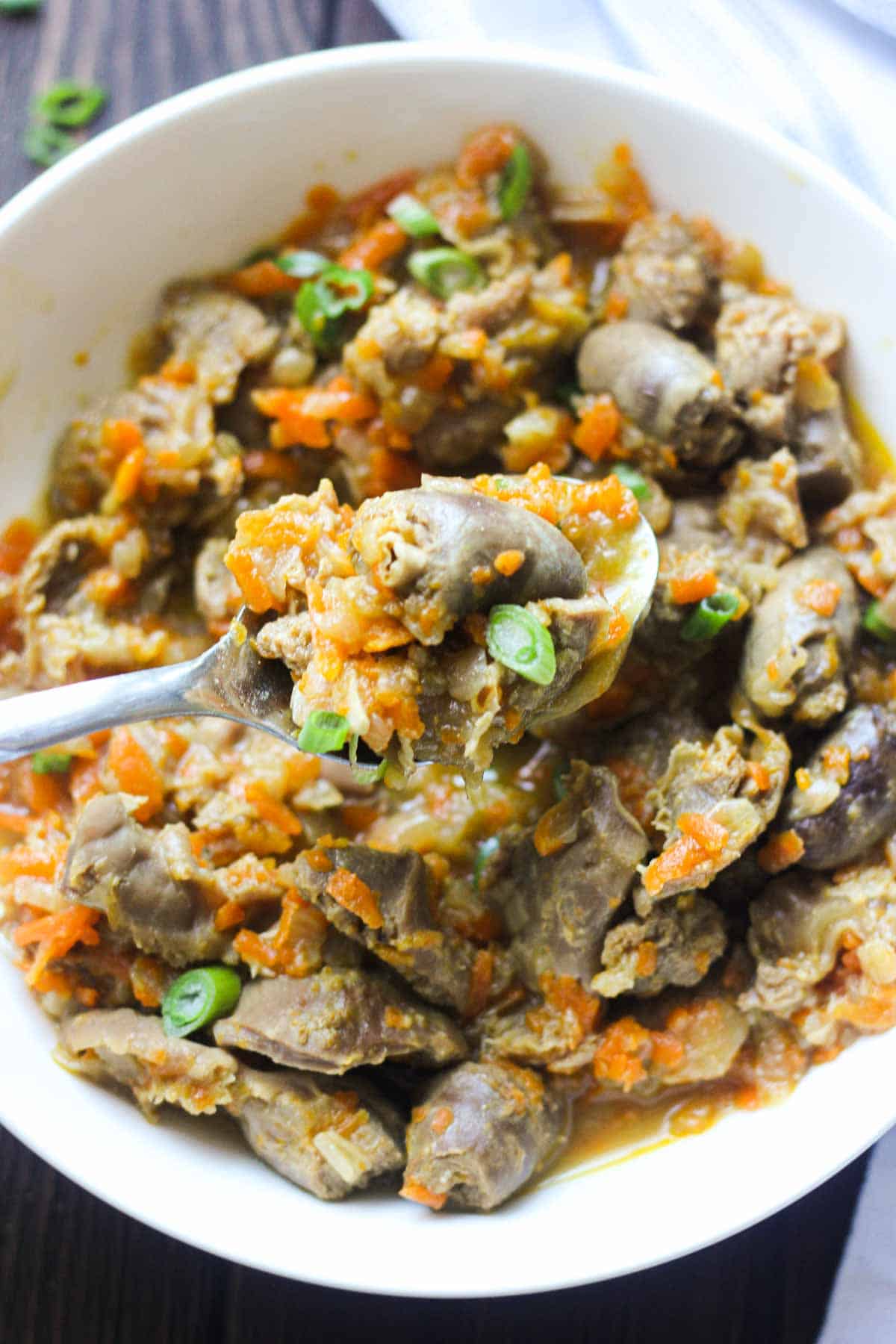Perfectly Cooked Gizzards on the Stove
I. Introduction
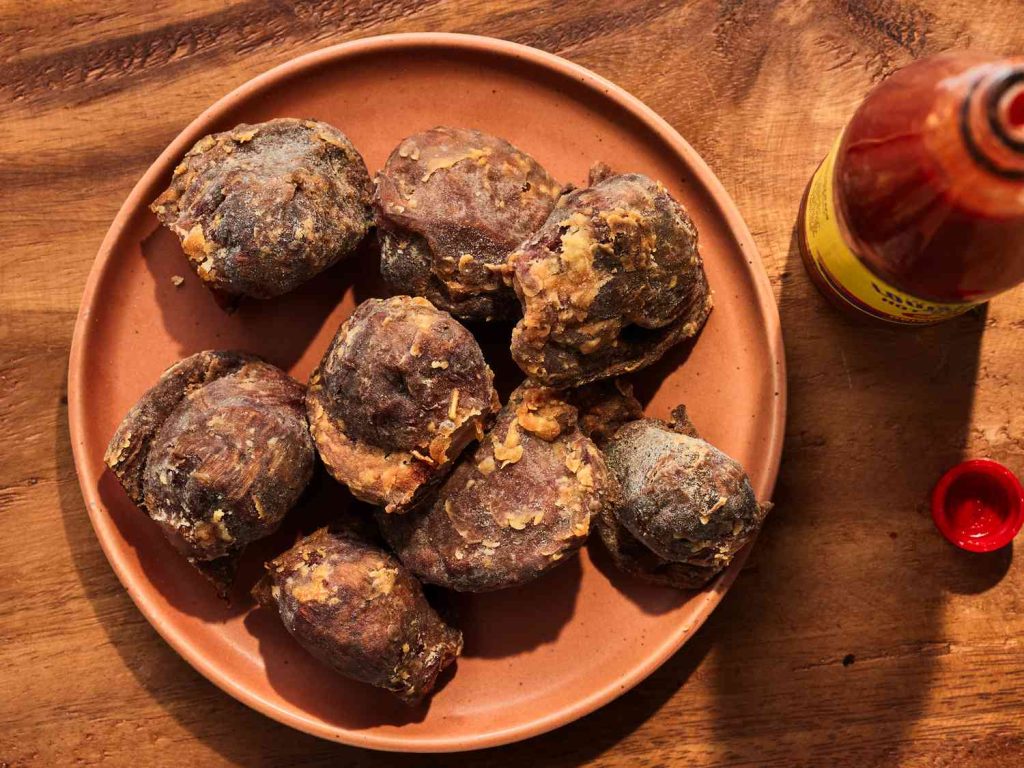
A. Briefly introduce the topic of cooking gizzards on the stovetop
Gizzards are a unique and flavorful part of a chicken or a turkey. They are often overlooked but can be transformed into a delicious and satisfying dish when cooked properly. In this article, we will explore the art of cooking gizzards on the stovetop, focusing on techniques that will ensure they are cooked to the correct doneness and packed with flavor.
B. Explain the importance of cooking gizzards to the correct doneness
Cooking gizzards to the correct doneness is crucial for both their flavor and texture. If undercooked, gizzards can be tough and chewy, making them unpleasant to eat. On the other hand, overcooking them can result in a too-soft texture. By mastering the cooking techniques and understanding the optimal cooking time, you can achieve perfectly cooked gizzards that are tender and flavorful.
II. Selecting and Preparing Gizzards
A. Choosing fresh and quality gizzards
When selecting gizzards, it is important to choose fresh and high-quality ones. Look for gizzards that are plump and have a smooth texture. Avoid those that have an off odor or feel slimy to the touch. If possible, opt for gizzards sourced from organic or free-range chickens, as they tend to have better flavor.
B. Cleaning and trimming gizzards before cooking
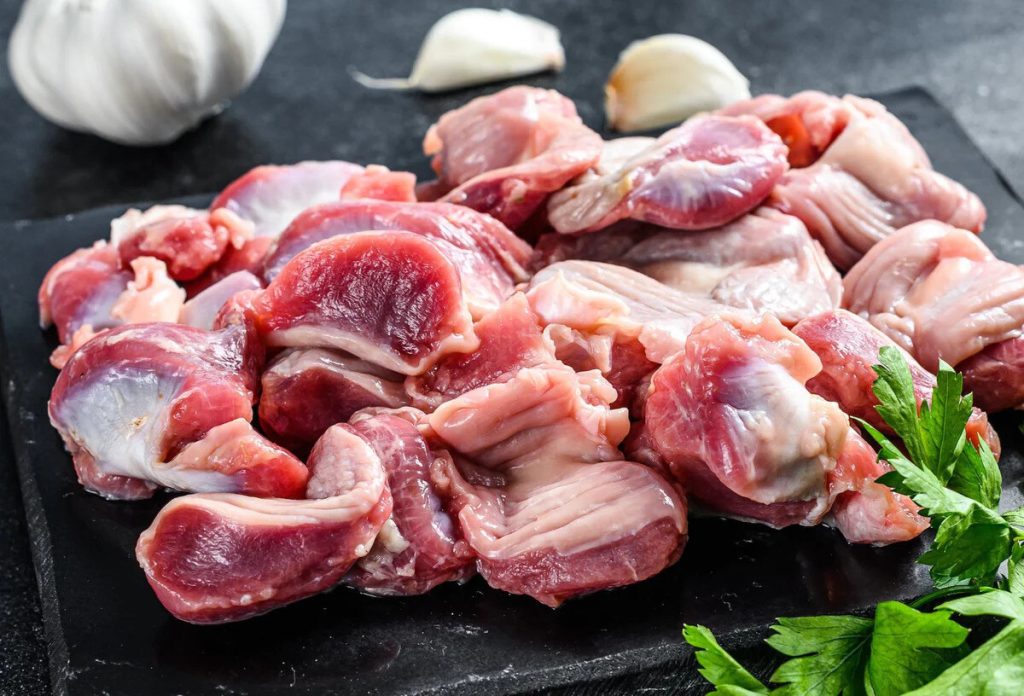
Before cooking gizzards, it is necessary to clean and trim them properly. Start by rinsing the gizzards under cold water to remove any impurities or residue. Use a sharp knife to trim any excess fat or connective tissue from the gizzards. It is also a good idea to cut them into smaller, bite-sized pieces for more even cooking.
To enhance the flavor and tenderness of gizzards, some recipes recommend marinating them beforehand. This can be done by combining the gizzards with a mixture of oil, vinegar, herbs, spices, and other flavorings. Allow the gizzards to marinate for at least 30 minutes or up to overnight in the refrigerator.
Once the gizzards are cleaned and trimmed, they are ready to be cooked on the stovetop.
III. Preparing the Stovetop and Cooking Gizzards
A. Preheating the skillet and adding cooking oil
To start cooking gizzards on the stovetop, it is important to preheat a skillet over medium-high heat. This allows the skillet to become hot enough to sear the gizzards and enhance their flavor and texture. Once the skillet is hot, add a small amount of cooking oil, such as vegetable or olive oil, to prevent the gizzards from sticking to the pan.
B. Sautéing gizzards for flavor and tenderness
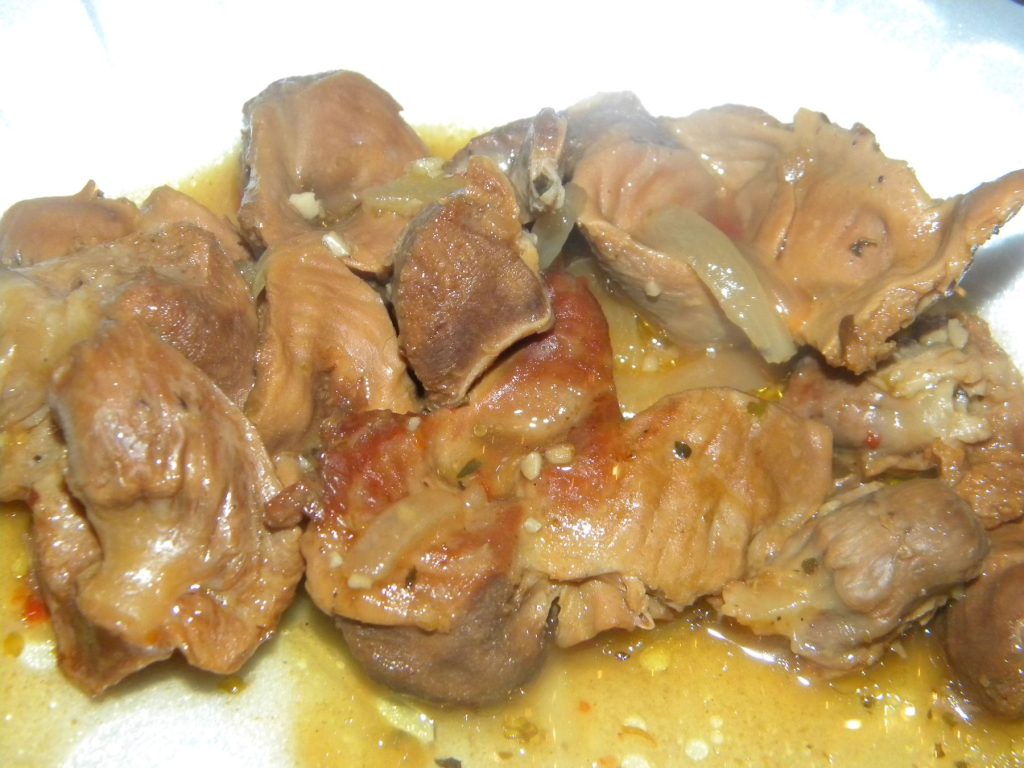
- Searing gizzards on high heat Place the cleaned and trimmed gizzards into the preheated skillet, spreading them out in an even layer. Sear the gizzards on high heat for a few minutes, allowing them to develop a brown and crispy exterior. This initial searing locks in juices and adds a depth of flavor to the gizzards.
- Reducing heat and adding seasonings or aromatics After searing the gizzards, reduce the heat to medium-low to prevent them from burning. At this point, you can add seasonings and aromatics to enhance the flavors of the gizzards. Common seasonings include salt, pepper, garlic powder, paprika, chili flakes, or any other spices of your choice. You can also add aromatics such as minced garlic, diced onions, or fresh herbs like thyme or rosemary. Allow the gizzards to continue cooking, absorbing the flavors of the seasonings and aromatics, until they reach the desired doneness.
C. Adjusting cooking time for different recipes and desired doneness
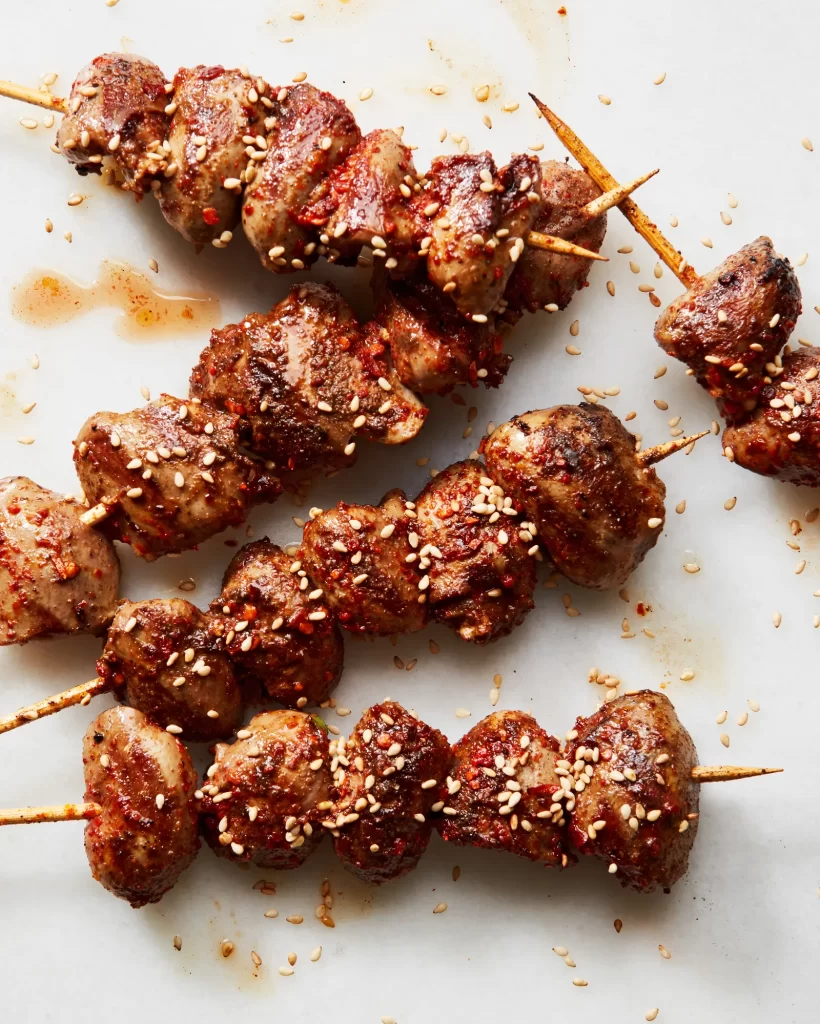
- Cooking times for tender, not fully cooked gizzards If you prefer gizzards that are tender but not fully cooked, reduce the cooking time to retain a slight chewiness. The gizzards should be browned on the outside and slightly pink on the inside. This cooking method is suitable for recipes like stir-fries or recipes where the gizzards will be cooked further with other ingredients.
- Cooking times for fully cooked, tender gizzards For fully cooked, tender gizzards, continue cooking them until they reach an internal temperature of at least 165°F (74°C). This ensures that the gizzards are safe to consume and have a tender texture. The cooking time will vary depending on the size and thickness of the gizzards. It is best to check the doneness by cutting a piece open and verifying that there is no pinkness or raw texture remaining.
IV. Serving and Enjoying Cooked Gizzards
A. Testing for doneness with a fork To check if the gizzards are cooked to your desired level of doneness, use a fork to pierce through the thickest part of the gizzard. If the fork goes through with little resistance and the gizzard feels tender, they are likely cooked to perfection. However, if there is still some toughness or resistance, continue cooking the gizzards for a few more minutes.
B. Allowing gizzards to rest before serving After the gizzards are cooked to the desired doneness, it is recommended to let them rest for a few minutes. This resting period allows the juices to redistribute throughout the gizzards, ensuring a moist and flavorful result. Cover the gizzards with aluminum foil to keep them warm during the resting period.
C. Suggestions for serving gizzards, such as adding to salads or as a stand-alone dish Cooked gizzards can be enjoyed in various ways. One popular option is to serve them as a stand-alone dish, accompanied by your favorite sauce or dip. You can also add them to salads, pasta dishes, or even use them as a filling for sandwiches or wraps. Explore different recipes and let your creativity shine when incorporating cooked gizzards into your meals.
V. Conclusion
In conclusion, cooking gizzards on the stovetop requires proper preparation and cooking techniques to achieve the desired texture and flavor. Preheating the skillet, sautéing the gizzards with seasonings and aromatics, and adjusting the cooking time based on desired doneness are essential steps to master this cooking method.
Testing the doneness with a fork and allowing the gizzards to rest before serving ensure a tender and flavorful outcome. The versatility of cooked gizzards allows for various serving options, such as adding them to salads or enjoying them as a stand-alone dish.
By following these stovetop cooking techniques and incorporating gizzards into your culinary repertoire, you can create delicious and satisfying meals that are sure to impress. Get adventurous, experiment with flavors, and enjoy the unique taste and texture that cooked gizzards offer.
